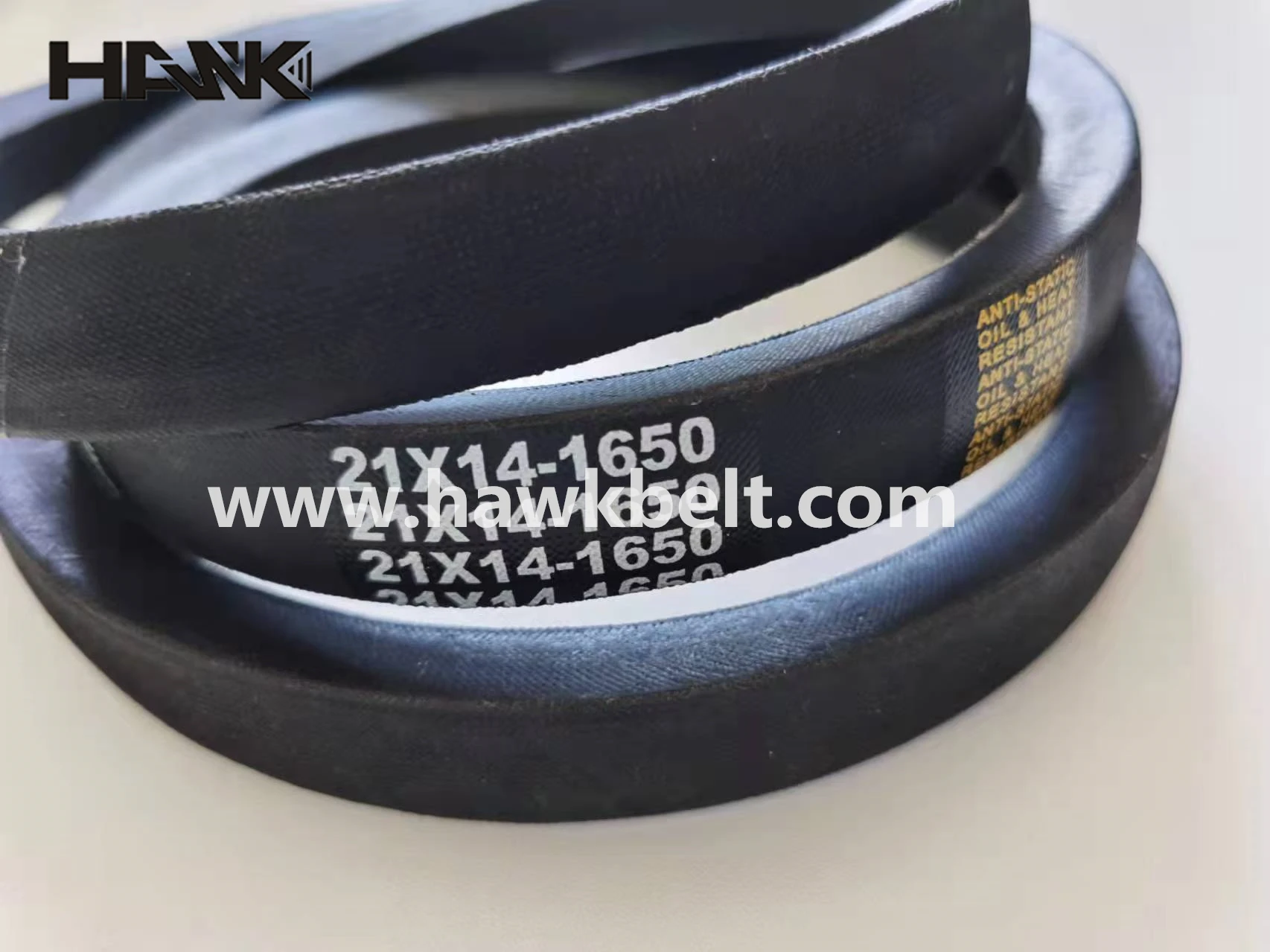- Arabic
- French
- Russian
- Spanish
- Portuguese
- Turkish
- Armenian
- English
- Albanian
- Amharic
- Azerbaijani
- Basque
- Belarusian
- Bengali
- Bosnian
- Bulgarian
- Catalan
- Cebuano
- Corsican
- Croatian
- Czech
- Danish
- Dutch
- Afrikaans
- Esperanto
- Estonian
- Finnish
- Frisian
- Galician
- Georgian
- German
- Greek
- Gujarati
- Haitian Creole
- hausa
- hawaiian
- Hebrew
- Hindi
- Miao
- Hungarian
- Icelandic
- igbo
- Indonesian
- irish
- Italian
- Japanese
- Javanese
- Kannada
- kazakh
- Khmer
- Rwandese
- Korean
- Kurdish
- Kyrgyz
- Lao
- Latin
- Latvian
- Lithuanian
- Luxembourgish
- Macedonian
- Malgashi
- Malay
- Malayalam
- Maltese
- Maori
- Marathi
- Mongolian
- Myanmar
- Nepali
- Norwegian
- Norwegian
- Occitan
- Pashto
- Persian
- Polish
- Punjabi
- Romanian
- Samoan
- Scottish Gaelic
- Serbian
- Sesotho
- Shona
- Sindhi
- Sinhala
- Slovak
- Slovenian
- Somali
- Sundanese
- Swahili
- Swedish
- Tagalog
- Tajik
- Tamil
- Tatar
- Telugu
- Thai
- Turkmen
- Ukrainian
- Urdu
- Uighur
- Uzbek
- Vietnamese
- Welsh
- Bantu
- Yiddish
- Yoruba
- Zulu
Sep . 30, 2024 17:39 Back to list
Designing Efficient Timing Belts for Optimal Engine Performance and Durability
Understanding Timing Belt Design A Critical Component in Mechanical Engineering
Timing belts play a crucial role in various mechanical systems, particularly in automotive and industrial applications. They are essential for synchronizing the rotation of components and ensuring smooth and accurate power transmission. This article explores the fundamental aspects of timing belt design, its importance, and factors influencing its performance.
1. Introduction to Timing Belts
Timing belts are looped bands made of flexible material, typically reinforced with fibers for added strength. They have teeth on their inner surface, which mesh with corresponding grooves on the pulleys. This design allows the timing belt to maintain precise timing between components, crucial for operations where synchronization is vital. Common applications include engine timing systems, conveyor systems, and robotics.
2. Importance of Timing Belt Design
The design of a timing belt is critical for its functionality and durability. A well-designed timing belt ensures that the engine runs smoothly while minimizing wear and tear. In automotive applications, the timing belt connects the crankshaft to the camshaft(s), coordinating the opening and closing of engine valves. A failure in this system can result in severe engine damage, making the timing belt's design and maintenance paramount.
Moreover, in industrial applications, timing belts are used to drive conveyor systems, robotic arms, and other machinery. The efficiency and reliability of these systems hinge on the timing belt's ability to provide consistent power transmission without slippage or loss of timing.
3. Key Factors in Timing Belt Design
Several factors influence the design of a timing belt, including
timing belt design

- Material Selection The materials used in timing belt construction must withstand various environmental conditions, including temperature fluctuations, exposure to chemicals, and mechanical stresses. Common materials include polyurethane, rubber, and composites, often with nylon or fiberglass reinforcements.
- Belt Width and Length The width and length of the belt directly impact its strength and capability to handle loads. A wider belt can transmit more power, while the length must be carefully calculated to ensure it fits properly in the intended system.
- Tooth Design and Pitch The tooth profile and pitch play vital roles in ensuring efficient meshing with the pulleys. Different applications may require varying tooth shapes, such as trapezoidal or round, each offering unique advantages in terms of grip and wear resistance.
- Tensioning Systems Proper tensioning is crucial for optimal performance. Too much tension can lead to excessive wear on both the belt and the pulleys, while too little tension can create slippage, resulting in loss of synchronization.
4. Maintenance and Inspection
Regular maintenance and inspection of timing belts are vital to prevent failures. Signs of wear, such as cracks, fraying, or glazing, should be monitored closely. Engineer-recommended replacement intervals depend on factors like belt type, load conditions, and operating environments. Proper maintenance practice can significantly extend the lifespan of a timing belt.
5. Conclusion
Timing belt design is a fundamental aspect of mechanical engineering, affecting the performance and reliability of various systems. By understanding the critical factors that influence design, engineers can create more efficient and durable products. As technology advances, innovations in materials and design methodologies promise to enhance the performance of timing belts further, ensuring they continue to play an essential role in the reliability of mechanical systems. Whether in the realm of automotive engineering or industrial machinery, the importance of superior timing belt design cannot be overstated.
-
Upgrade Power Steering Pump Belt for Smooth, Quiet Operation
NewsAug.27,2025
-
Precision Timing Belt & Chain: Engine Performance & Durability
NewsAug.26,2025
-
Precision Lathe Drive Belts: Durable & Reliable Performance
NewsAug.25,2025
-
84.5 Serpentine Belt: Durable & Precision Fit for Your Engine
NewsAug.24,2025
-
Premium Ribbed Drive Belts for Quiet Power Transmission
NewsAug.23,2025
-
High-Performance Vehicle Timing Belt for Engine Precision
NewsAug.22,2025

